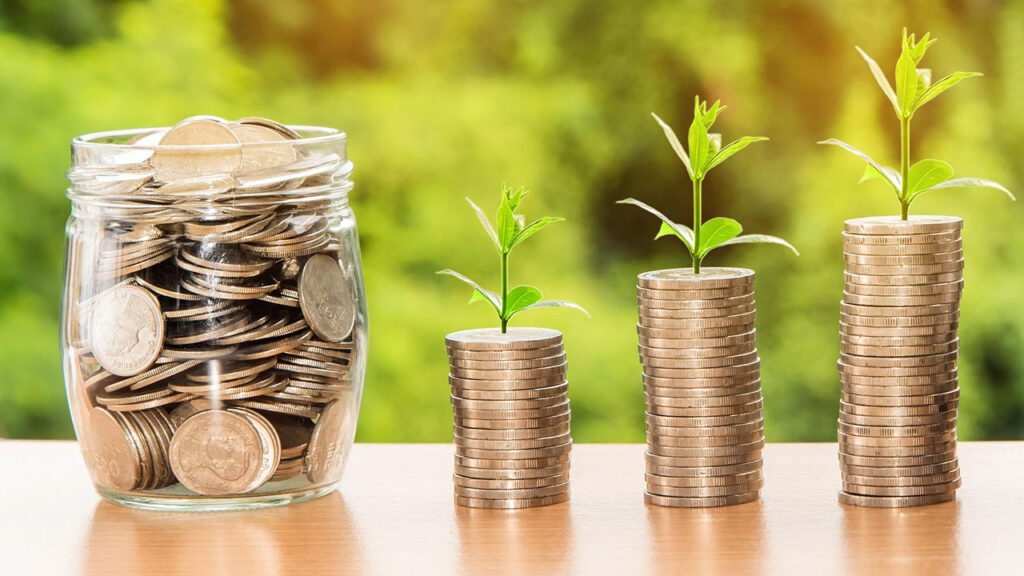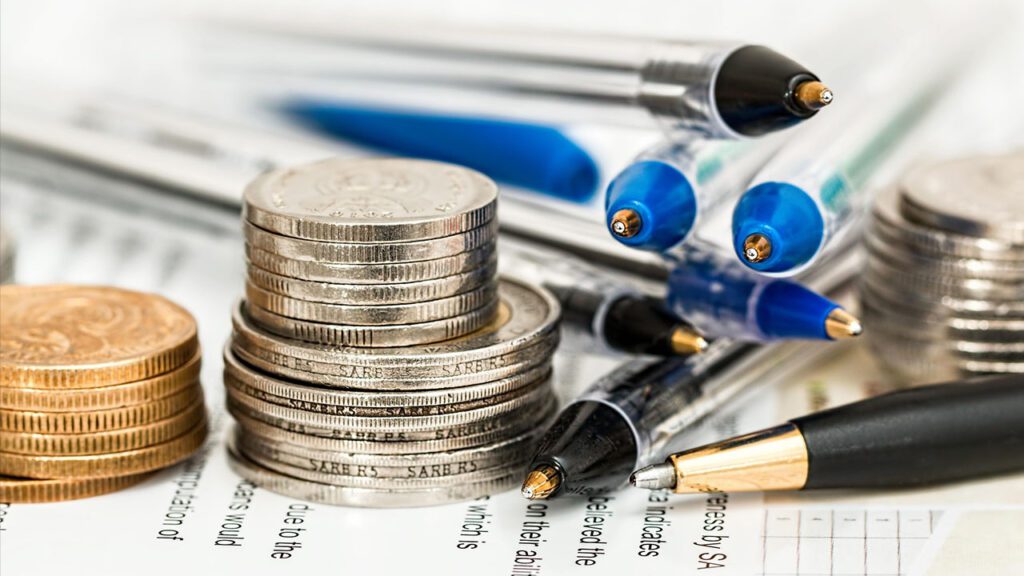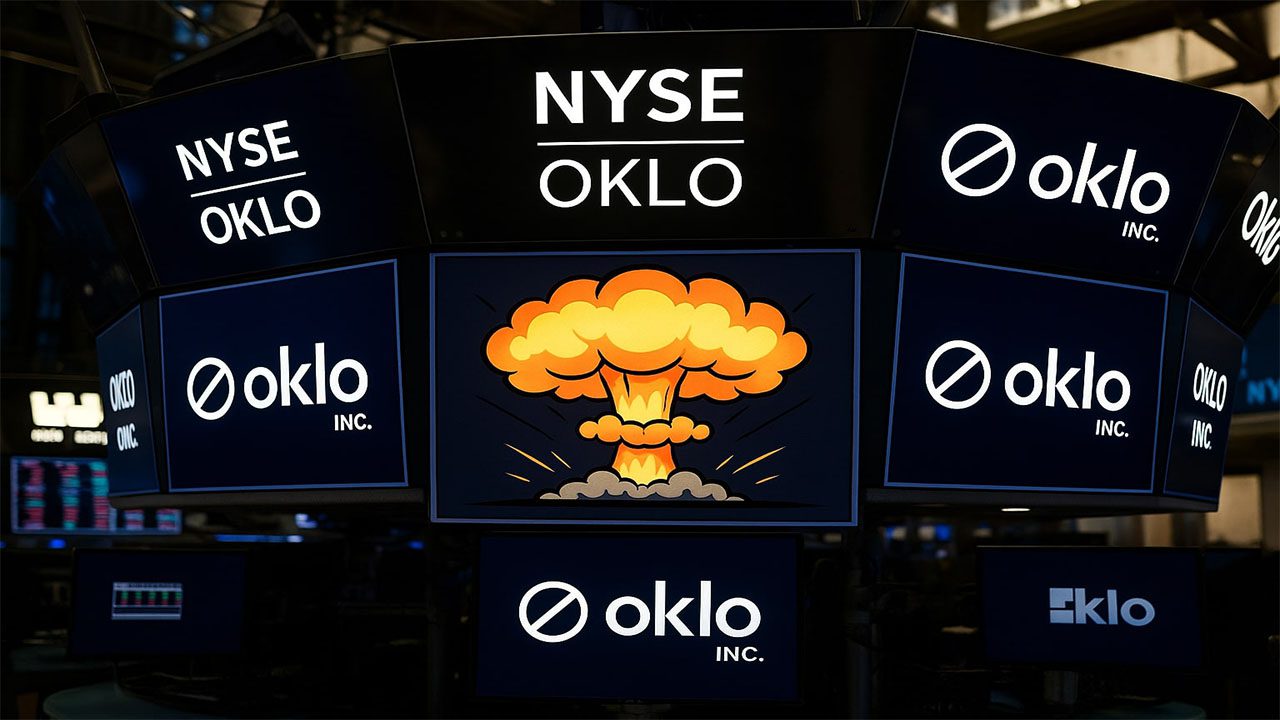Best High-Yield Savings Accounts Today – Maximize Your Money
Savings can feel like watching paint dry… but what if your money could actually grow while waiting patiently? That’s where the Best High-Yield Savings Accounts come in. In this article, you’ll discover how these accounts outpace typical savings, keep your cash accessible, and still pay you more. We’ll break down the Best High-Yield Savings Accounts available right now, spotlight current rates, real perks, and quick tips to help you choose wisely. Whether you’re stashing dollars for an emergency fund or saving for your next dream vacation, stick around. We’ll make it friendly, informative, and—dare we say—fun!
Why a High-Yield Savings Account Matters
Banks aren’t in business to help you… but good ones do pay you more. A high-yield account means your cash tacks on extra interest over time, unlike typical savings accounts that feel more like digital piggy banks. In today’s U.S. economy, where inflation still lingers, locking your dollars in a place that earns 4% APY or more can mean serious gains over time.
How to Compare High-Yield Savings Accounts
Focus on:
- Annual Percentage Yield (APY): Higher = more earnings.
- Fees: Avoid monthly or maintenance charges—those eat into interest.
- Minimum Balance: Low or no minimums keep things flexible.
- Access Options: Easy online transfers, mobile deposit, good customer support.
- FDIC Insurance: Your deposits should be insured up to $250k for peace of mind.
- Refinance Mortgage: Save Money in 2026 with Lower Rates Fast!
Current Top Picks in the USA (real data, 2025)
| Bank / Institution | APY (Approx.) | Fees | Minimum Balance | Notable Perks |
|---|---|---|---|---|
| Ally Bank | ~4.25% | None | None | 24/7 support, user-friendly platform |
| Discover Online Savings | ~4.20% | None | $0 | Easy integration with Discover checking |
| Marcus by Goldman Sachs | ~4.15% | None | $0 | High-yield plus syncs with checking |
| CIT Bank Savings Builder | ~4.30% | Monthly $9 if < $1000 | $1000 deposit | Tiered rate structure for regular savers |
| American Express Personal Savings | ~4.18% | None | $0 | Trusted brand, smooth interface |
(Note: APYs are approximate rates as of mid-2025 based on public listings.)

Real-World Example
Imagine Sarah, a teacher in Ohio, had $10,000 sitting in a traditional savings account earning 0.05%. That’s $5 a year—not enough to buy a fancy coffee. By switching to a high-yield account earning 4.25% APY, she’d earn around $425 a year—way more coffee (or vacation). Over 5 years, that difference compounds nicely.
Tips for Picking the Right One
- Check rate change alerts – many banks post rates monthly; stay informed.
- Set up automatic transfers – even $25/month builds in momentum (and interest!).
- Avoid accounts with hoops – monthly withdrawal limits or high thresholds can turn helpful into headache.
What Are the Best High-Yield Savings Accounts Right Now?
As of September 2025, the top high-yield savings accounts in the U.S. are offering 4% to 5% APY, far above traditional rates. For instance:
- Varo Bank offers up to 5.00% APY, though conditions apply (e.g., direct deposit, limit to first $5,000).
- Digital Federal Credit Union pays 5.50% APY on the first $1,000 deposited.
- Institutions like Axos Bank, Newtek Bank, Zynlo Bank pay between 4.35%–4.46% APY.
- Kiplinger lists Newtek at 4.35% (no minimum), plus others ranging 4.25–4.30% like My Banking Direct or BrioDirect.
- Kiplinger and Kiplinger’s internet bank report also highlight Axos (4.66%), EverBank (4.3%), and Capital One 360 (3.5%) with strong features and low fees.
Summary Table:
| Institution | APY (%) | Highlights |
|---|---|---|
| Digital Federal Credit Union | 5.50% (first $1K) | Highest for small balances |
| Varo Bank | 5.00% (conditions apply) | Great rate for direct deposit users |
| Axos Bank | 4.46–4.66% | Online ease, no fees with conditions |
| Newtek, Zynlo Bank, etc. | ~4.35–4.46% | Solid, no-minimum options |
| Other high-performers | 4.25–4.30% | Good for mid-tier savers |
How Much Interest Does a High-Yield Savings Account Pay?
High-yield accounts typically pay between 4% and 5% APY, compared to traditional savings accounts around 0.4% or less.
Example: $30,000 in a 0.38% APY account earns about $114/year, whereas at 4.5% APY, it earns $1,350/year—a difference of over $1,200.
High-Yield vs. Regular Savings Account: Which Is Better?
| Feature | Regular Savings (Brick-and-mortar) | High-Yield Savings (usually online) |
|---|---|---|
| APY | ~0.01–0.6% | ~4–5% (much higher) |
| Fees | Often have monthly/maintenance fees | Typically none or minimal |
| Access | In-person, ATM, lots of branches | Online/ACH, less physical access |
| Safety | FDIC/NCUA insured | Same protection if insured |
| Best For | Daily banking needs | Emergency fund, short-term savings |
High-yield accounts are clearly better for building savings—faster growth with low fees—but if you need daily in-person access, regular banks might be more convenient. High-yield suits savers who prioritize return and flexibility.

Are High-Yield Savings Accounts Safe?
Yes—if the institution is FDIC-insured (banks) or NCUA-insured (credit unions), your deposits are protected up to $250,000 per depositor, per institution. Many high-yield accounts come from reputable online banks or credit unions offering this protection.
Best Online Banks for High-Yield Savings
Top online banks include:
- Axos Bank (4.66% APY) for its checking/savings bundled perks and no fees.
- EverBank (4.3% APY) with added debit protections and ATM reimbursements.
- Capital One 360 Performance Savings (~3.5%) notable for zero fees or minimums.
- Synchrony (3.80% APY) as per Forbes—trusted and fee-free.
- Digital Federal Credit Union (5.50% on initial $1K) for high short-term yield.
- Varo, Newtek, Zynlo, BrioDirect, Fitness Bank, AlumniFi, etc., as high-APY options regionally or online.
How Is APY Calculated on Savings?
APY (Annual Percentage Yield) reflects interest earned including compounding. It’s the true measure of how much you’ll earn in a year.
- Formula (U.S., per FDIC Truth in Savings Act):
APY = (1+(interest/principal))(365/daysinterm)−1(1 + (interest/principal))^(365/days in term) – 1(1+(interest/principal))(365/daysinterm)−1 × 100. - APY assumes compounding frequency—daily compounding yields more than monthly or annually
In everyday terms, higher APY and more frequent compounding = better real returns. Online banks typically highlight APY, not just interest rate, for clarity.
Do High-Yield Savings Accounts Charge Fees?
Most high-yield savings accounts advertise no monthly or maintenance fees, especially online options. But some money market accounts (MMAs) may have fees unless you maintain high balances.
Tip: Always check the fine print! Missed minimums or excess withdrawals (if applicable) could trigger modest fees.
Can You Withdraw Money Easily from High-Yield Savings?
Generally yes—you can make withdrawals via ACH or internal transfers. Regulatory bodies used to limit withdrawals to six per month (Reg D), but the restriction was lifted in 2020. Still, some banks voluntarily enforce limits or charge for excess withdrawals.
So while access is straightforward and fast, it’s best used for savings rather than frequent transactions.

How Often Do Rates Change on High-Yield Savings Accounts?
These rates are variable, which means they can rise or fall based on broader economic factors—especially the federal funds rate set by the Fed.
Examples:
- Kiplinger notes the Fed hasn’t cut rates in 2025 yet, but future cuts could lower HYSA rates.
- Investopedia reminds us savings rates fall with Fed rate decreases.
Tip: Monitor rates frequently and lock in high ones if you see them—especially for significant balances.
How to Open a High-Yield Savings Account Online?
Steps are usually smooth:
- Compare offers—look for high APY, low/no fees, easy access, FDIC/NCUA insurance.
- Apply online—fill in your personal info, SSN, and fund the account via ACH or check.
- Set up transfers—arrange deposits from checking to start earning interest.
- Verify your status—some banks may require identity verification or direct deposit qualifiers (e.g., Varo).
- Start saving—check balances, confirm interest accrual, and keep an eye on rate changes.
Even credit unions or specialized fintech banks follow similar digital steps—quick, convenient, and paperless.













One thought on “Best High-Yield Savings Accounts Today – Maximize Your Money”